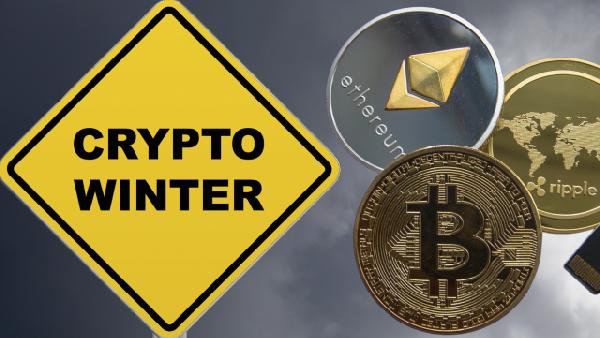A Satoshi-era Bitcoin wallet moved 40,009 BTC to crypto exchange Galaxy Digital on Monday evening. The funds are worth roughly $4.7 billion in today’s prices. The identity of the wallet owner is unknown.
Blockchain sleuths, including OnchainLens and Nansen, noted that 6,000 of the recently moved Bitcoin—worth roughly $706 million—was then transferred into the centralized exchanges Binance and Bybit. The blockchain sleuths said this could be an indicator that the wallet was likely preparing to sell.
The movement occurred over eight separate transfers beginning at 9:34 p.m. Eastern Time, according to data from wallet tracker Arkham Intelligence. The largest single transaction was valued at more than $500 million.
The wallet had been dormant for 14 years, according to OnchainLens. It had last executed a transfer in 2011, what is commonly called the “Satoshi Era.” The Monday exchange transfer appears to represent about half of the whale’s holding. The anonymous user still holds 40,000 BTC in its private wallets.
The Satoshi-era wallet’s awakening comes amid a spate of record-breaking BTC transfers from long-dormant whales in the past month amid successive all-time-high Bitcoin prices.
On July 4, an unidentified Bitcoin whale moved $8 billion in what analysts called the ‘largest daily‘ transfer of 10-year-old Bitcoin in history.
Why This Whale Movement Isn’t Necessarily a Sell-Off Indicator
Rajiv Sawhney, the head of international portfolio management at Wave Digital Assets International, told Decrypt that though the recent whale movement might look like an indicator of an upcoming sale—that’s not necessarily the case. In fact, it could indicate they are trying to hide their true intentions and set themselves up for future deals.
“Some participants prefer moving to a CEX because the wallet activity then becomes opaque within the omnibus account of the exchange. For example, they might negotiate an at-risk price with a market maker to offload the full amount without showing the activity to the market,” Sawhney explained.
“The counterparties, then, can move the funds through internal sub-accounts without the market knowing,” he added.
In finance, an at-risk price typically refers to the price at which an investment, like Bitcoin, is considered to be at a significant risk of loss.
The whale having their funds in a CEX could allow them to make an agreement to offload their funds to large buyers in the event of a price crash, without running the risk of spooking the market further with a big public sell-off.
Sawhney noted that Galaxy Digital does have services to facilitate considerable levels of market maker activity through its exchange.
Your Email










